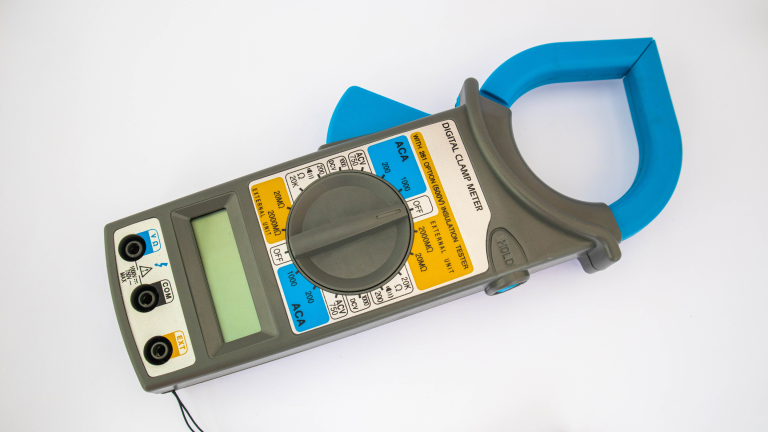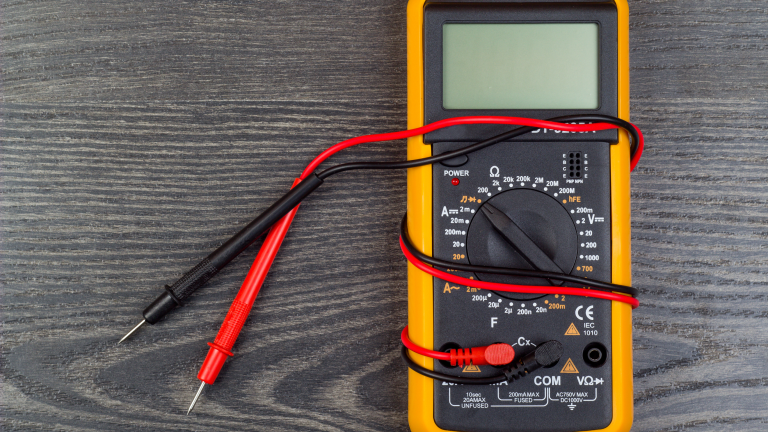
Understanding power meter training zones can transform your cycling performance from guesswork to precision. You might feel overwhelmed when you first clip into your bike with a power meter. Numbers flash across your screen, and data streams endlessly. But here’s the truth: power meter training zones become simple once you grasp the fundamentals.
Power meter training zones explained give you the roadmap to train smarter, not just harder. Every pedal stroke becomes meaningful, and each workout serves a specific purpose. Your fitness improves faster when you know exactly where to push and when to hold back.
What Are Power Meter Training Zones
Power meter training zones are intensity ranges based on your fitness level. Think of them as different gears for your training engine. Each zone targets specific energy systems in your body. The magic happens when you train in the correct zone for your goals.
Your Functional Threshold Power (FTP) anchors all these zones. FTP represents the maximum power you can sustain for approximately one hour. Everything else scales from this single number. For zone calculations, use FTP percentages to create your personal training blueprint.
Dr. Andrew Coggan developed the widely used 7-zone system that most cyclists follow today. This system divides the intensity spectrum into distinct ranges, each with unique physiological adaptations. Understanding and effectively utilizing this system can significantly enhance your training efficiency, allowing you to tailor your workouts to specific goals and physiological needs.
Understanding Functional Threshold Power FTP
FTP serves as your fitness fingerprint. This metric changes as you get fitter or lose fitness. Think of FTP as your cycling horsepower rating. Higher FTP means you can sustain more power for more extended periods.
At FTP intensity, your body hits a metabolic tipping point. Below this threshold, you can ride for extended periods. Above it, lactate accumulates rapidly, and fatigue sets in quickly. This physiological reality makes FTP such a valuable training anchor.
Testing FTP accurately requires following a specific protocol. Most cyclists use the 20-minute test as a practical alternative to a full-hour effort. The 20-minute average power is multiplied by 0.95 to estimate the true FTP.
Here’s a complete guide to the 7 Power Training Zones. Each zone has a specific purpose and unique characteristics, and understanding these differences can help you choose the right intensity for each workout. Let’s dive into each zone and explore its training benefits.
Power Training Zones showing FTP percentage ranges for each of the seven zones used in cycling training.
Zone 1 Active Recovery Under 55 Percent FTP
Zone 1 feels almost effortless when you’re pedaling. Your breathing stays relaxed and conversational. This zone promotes blood flow and helps clear metabolic waste from your muscles. Recovery rides in Zone 1 speed up your bounce-back between harder sessions.
Many cyclists skip Zone 1, thinking it’s too easy. This mistake leads to chronic fatigue and poor adaptation. Your body needs these easy efforts to absorb training stress. Zone 1 also helps maintain your pedaling technique without adding fatigue.
Zone 2 Endurance Training 56 to 75 Percent FTP
Zone 2 builds your aerobic engine. This intensity improves fat oxidation and increases mitochondrial density. Professional cyclists spend enormous amounts of time in Zone 2 during base training. Your cardiovascular system becomes more efficient at delivering oxygen to working muscles.
The conversation test is a valuable tool for Zone 2 efforts. You’re likely in the right intensity range if you can speak in full sentences without gasping. Zone 2 rides can last several hours without excessive fatigue, making them ideal for building a strong aerobic base, which forms the foundation for all other training intensities.
Zone 3 Tempo Training 76 to 90 Percent FTP
Zone 3 bridges the gap between easy and hard efforts. Your body becomes more efficient at processing carbohydrates at this intensity, and MPO rides feel moderately challenging but sustainable. Many cyclists naturally gravitate toward Zone 3 during group rides.
This zone improves your ability to maintain steady power outputs. Time trials and breakaway efforts often happen in Zone 3. Your lactate clearance improves when you train at tempo intensity. Zone 3 also prepares your body for more strenuous threshold efforts.
Zone 4 Threshold Training 91 to 105 Percent FTP
Zone 4 directly targets your lactate threshold. This intensity feels comfortably hard but is sustainable for 20-40 minutes. At threshold power, your breathing becomes deeper and more focused. Many race-winning moves happen at Zone 4 intensity.
Threshold training improves your body’s ability to buffer lactate, making your muscles more resistant to acidosis. Zone 4 intervals typically last 8-20 minutes with adequate recovery. This zone has the most significant impact on your FTP improvements.
Zone 5 VO2 Max Training 106 to 120 Percent FTP
Zone 5 pushes your cardiovascular system to its limits. These efforts feel very hard and require mental focus. Your breathing becomes rapid and labored during Zone 5 intervals. Most cyclists can only sustain this intensity for 3-8 minutes.
VO2 max intervals improve your body’s ability to consume oxygen. Your heart rate typically reaches 90-95% of maximum in Zone 5. Recovery between intervals becomes crucial at this intensity. Zone 5 training helps you respond to attacks and bridge gaps during races.
Zone 6 Anaerobic Capacity 121 to 150 Percent FTP
Zone 6 efforts feel like controlled sprints. Your legs start burning within the first minute. These intervals typically last 30 seconds to 3 minutes. Zone 6 training improves your ability to produce high power repeatedly.
This zone primarily uses your anaerobic energy system. Lactate accumulates rapidly during Zone 6 efforts, and your body learns to tolerate high lactate levels through Zone 6 training. Criterium racing and attack responses benefit from anaerobic capacity work.
Zone 7 Neuromuscular Power Above 150 Percent FTP
Zone 7 represents your absolute maximum power output. These efforts last only 5-15 seconds. Zone 7 training improves neuromuscular coordination. Sprint finishes and short climbs often require Zone 7 power.
Proper recovery becomes essential between Zone 7 efforts. Your muscles need time to replenish energy stores. This zone focuses more on power development than aerobic fitness. Track cyclists and sprinters spend significant time developing Zone 7 capabilities.
Power Meter vs Heart Rate Training Differences
Power meters provide instant feedback compared to heart rate’s delayed response. Your power reading changes immediately when you shift effort, while heart rate takes 90-120 seconds to reflect intensity changes. This difference makes power superior for interval training and race tactics.
External factors heavily influence heart rate readings. Temperature, dehydration, and stress all affect your heart rate. Power output remains consistent regardless of these variables. One watt always equals one watt, making power data more reliable for training.
Heart rate still provides valuable insights about your recovery and overall stress. Elevated resting heart rate often indicates insufficient recovery. Many successful cyclists use both power and heart rate data together. Each metric offers different pieces of your fitness puzzle.
Setting Up Power Meter Training Zones
Accurate FTP testing forms the foundation of proper zone setup. Schedule your test after a recovery week when you feel fresh. Calibrate your power meter before every test session. Minor calibration errors can significantly impact your zone calculations.
Most cycling computers and training apps automatically calculate zones from your FTP. Double-check that these calculations match your chosen zone system. Update your zones every 6-8 weeks as your fitness changes. Outdated zones lead to ineffective training and poor results.
Common Power Zone Training Mistakes to Avoid
Many cyclists train too hard too often, avoiding easy Zone 1 and Zone 2 efforts. This approach leads to chronic fatigue and plateaued performance. The 80/20 rule suggests spending 80% of training time in low-intensity zones, while high-intensity training should comprise only 20% of your total volume.
Training Intensity Distribution Models showing how different training approaches allocate training time across intensity zones
Another common mistake involves ignoring FTP retesting. Your threshold power changes as fitness improves or declines. Training with outdated zones wastes time and limits progress. Regular testing ensures your zones stay aligned with your current fitness level.
Power meter training zones explained become meaningless without consistent application. Many cyclists understand the theory but fail to implement zone-based training consistently. Discipline in following prescribed intensities separates successful cyclists from those who struggle to improve.
Your cycling performance will improve dramatically once you master the power meter training zones explained. When guided by data, each pedal stroke becomes purposeful. The journey from confused beginner to confident zone-based trainer takes time and patience. But the results speak for themselves when you commit to training with precision rather than just riding hard.

